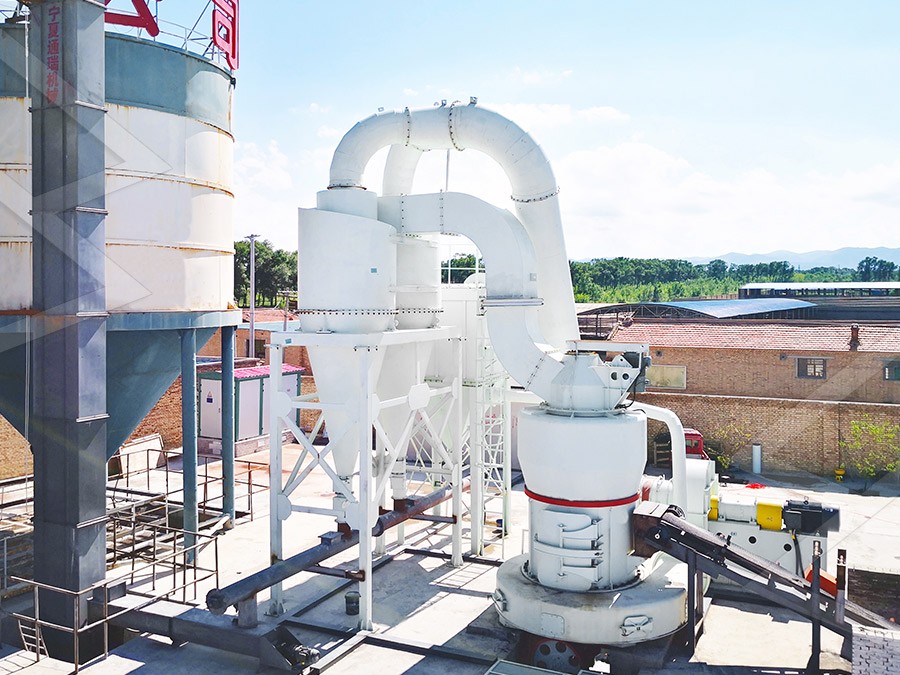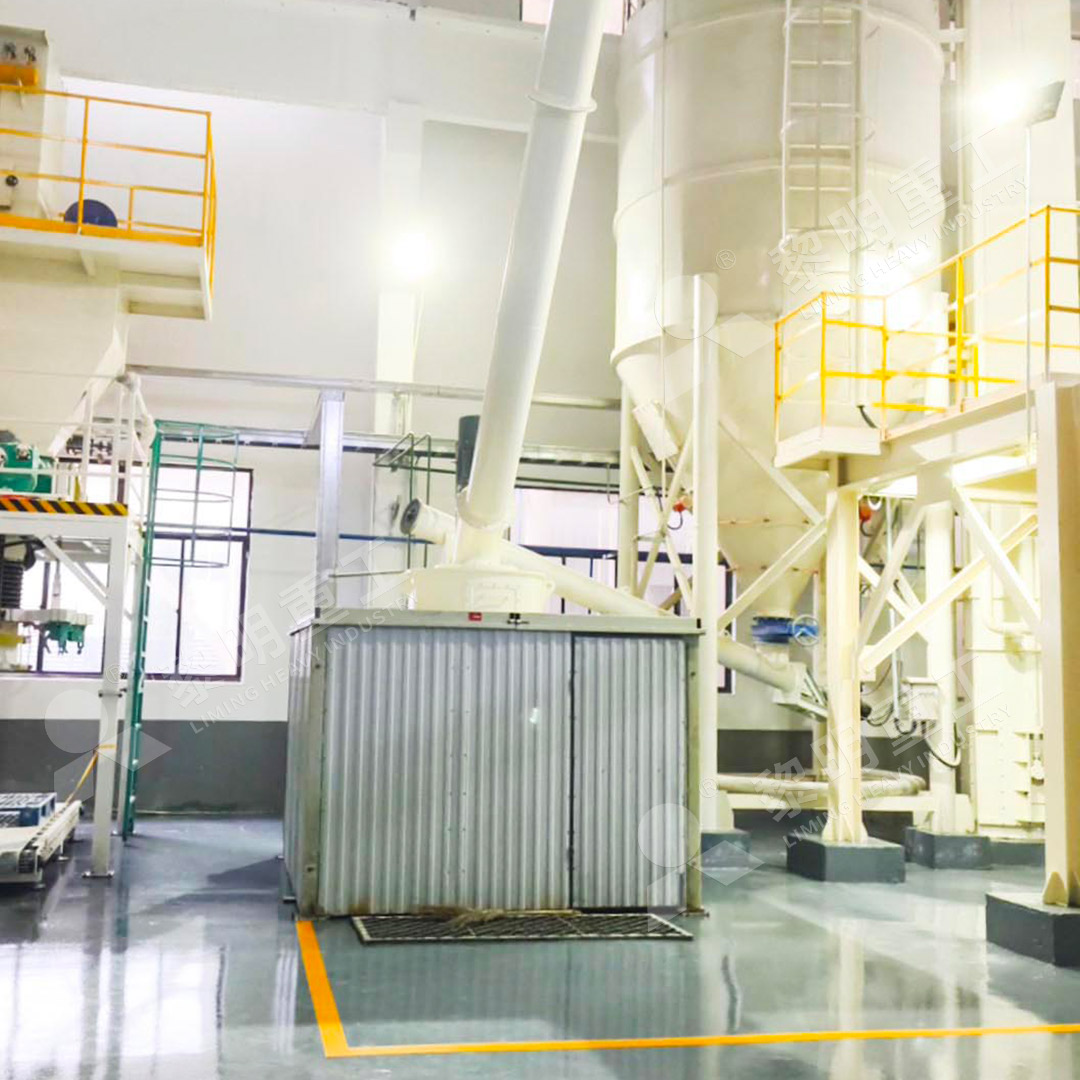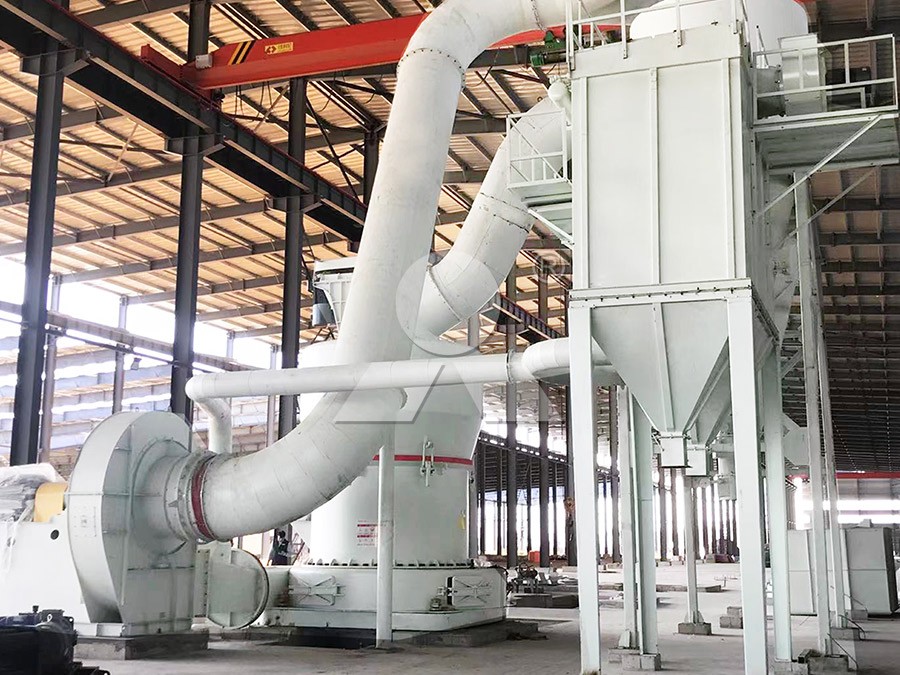80 Mesh Feldspar Grinding Mill: Price and Selection Guide
Navigating the World of Feldspar Grinding: Finding the Right Mill for 80 Mesh Production
When it comes to grinding feldspar to 80 mesh specifications, selecting the appropriate equipment becomes paramount for operational efficiency and product quality. Feldspar, being one of the most abundant minerals in the earth’s crust, requires specialized milling solutions to achieve consistent particle size distribution while maintaining economic viability.
The journey to optimal feldspar processing begins with understanding that not all grinding mills are created equal. Different mill types offer varying advantages in terms of energy consumption, maintenance requirements, and final product characteristics. For operations targeting the popular 80 mesh specification (approximately 177 microns), several factors must be carefully considered.

Key Considerations for 80 Mesh Feldspar Grinding
Production capacity requirements significantly influence mill selection. Smaller operations might find traditional Raymond mills sufficient, while larger-scale production demands more advanced solutions. The abrasiveness of feldspar also necessitates robust construction and wear-resistant components to minimize downtime and maintenance costs.
Energy efficiency has become increasingly crucial in today’s competitive market. Older ball mill technology, while reliable, often consumes substantially more power compared to modern vertical roller mills or European-type trapezium mills. The initial investment in more efficient technology frequently pays dividends through reduced operational expenses over the equipment’s lifespan.
Advanced Solutions for Modern Grinding Needs
For operations seeking superior efficiency in feldspar processing, our MW Ultrafine Grinding Mill presents an exceptional solution. With an input size capability of 0-20 mm and capacity ranging from 0.5-25 tph, this machine is engineered for customers requiring precise powder production. The MW series stands out through its innovative design that eliminates rolling bearings and screws in the grinding chamber, significantly reducing maintenance concerns and potential failure points.
What makes the MW Ultrafine Grinding Mill particularly suitable for feldspar processing is its adjustable fineness between 325-2500 meshes, comfortably encompassing the 80 mesh target. The cage-type powder selector incorporates German technology, ensuring precise powder separation with screening rates achieving d97≤5μm in a single pass. For operations prioritizing environmental compliance, the integrated efficient pulse dust collector and muffler system minimizes both dust emissions and noise pollution.

Economic Considerations and Total Cost of Ownership
When evaluating grinding mill prices, looking beyond the initial purchase cost is essential. Factors such as energy consumption, spare part availability, maintenance frequency, and operational downtime contribute significantly to the total cost of ownership. The MW Ultrafine Grinding Mill demonstrates notable advantages in these areas, consuming approximately 30% less energy compared to jet grinding mills while offering 40% higher production capacity with the same fineness and power input.
Another noteworthy option for feldspar processing is our MTW-Z European Trapezium Mill, which features advanced dilute oil lubrication technology for grinding rollers. This maintenance-friendly design reduces operational costs while ensuring consistent performance. The elastic volute damping structure enhances operational stability, particularly valuable when processing abrasive materials like feldspar.
Making the Right Investment Decision
Selecting the ideal feldspar grinding mill requires balancing technical specifications with economic realities. While traditional ball mills might seem economically attractive initially, their higher energy consumption and maintenance requirements often make modern alternatives more cost-effective over the equipment’s operational lifespan.
The precision engineering of contemporary grinding mills like the MW series ensures not only consistent 80 mesh output but also operational reliability that minimizes production interruptions. The external lubrication system allows for maintenance without shutdowns, enabling continuous 24-hour production that maximizes return on investment.

Frequently Asked Questions
What is the typical energy consumption for grinding feldspar to 80 mesh?
Energy consumption varies significantly between mill types. Our MW Ultrafine Grinding Mill consumes approximately 30% less energy than traditional jet mills and about 60% less than conventional ball mills when producing 80 mesh feldspar powder.
How often do grinding elements require replacement when processing feldspar?
Feldspar’s abrasiveness does impact wear part lifespan. However, the MW series utilizes specially formulated wear-resistant alloys that typically last 1.7-2.5 times longer than standard manganese steel components, significantly reducing replacement frequency and costs.
Can the same mill handle different mineral types beyond feldspar?
Yes, our MW Ultrafine Grinding Mill is versatile enough to process various non-metallic minerals including limestone, calcite, dolomite, talc, and barite, making it an excellent investment for operations processing multiple mineral types.
What environmental considerations are addressed in modern feldspar grinding mills?
Contemporary designs like the MW series incorporate efficient pulse dust collectors that virtually eliminate particulate emissions, along with noise reduction systems that maintain operational volumes within regulatory requirements. The completely sealed system operates under negative pressure, preventing material leakage.
How does particle size distribution consistency compare between different mill types?
Advanced mills with precision separators like the MW series provide exceptional particle size distribution control, with 95% of particles within ±5% of the target 80 mesh specification, significantly outperforming traditional ball mills in consistency.
